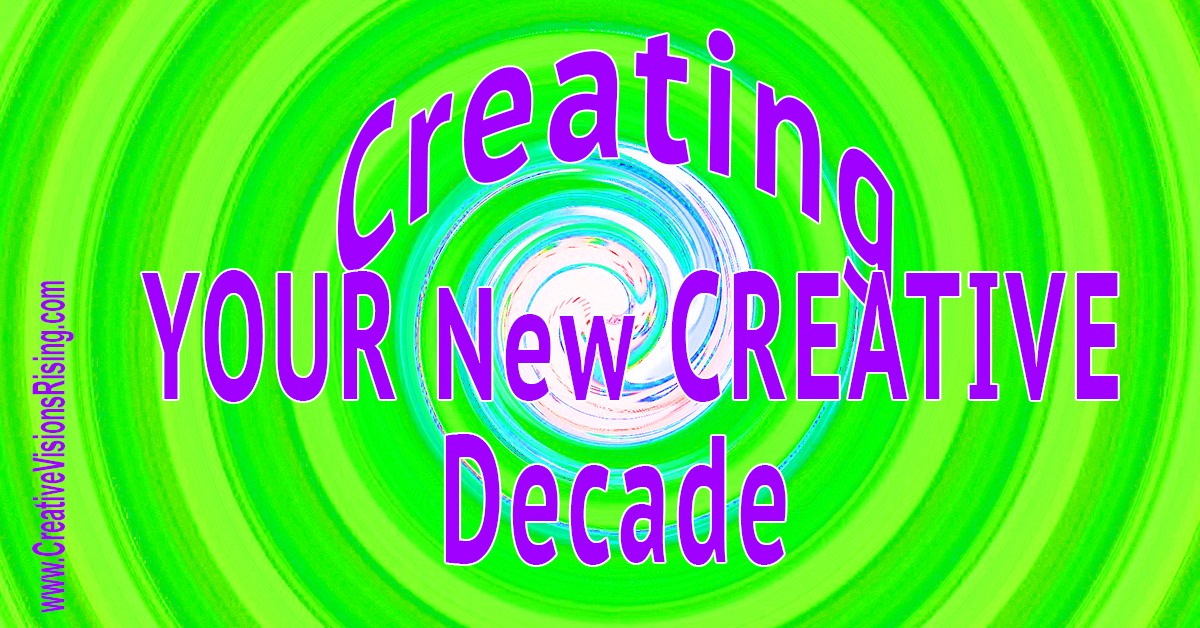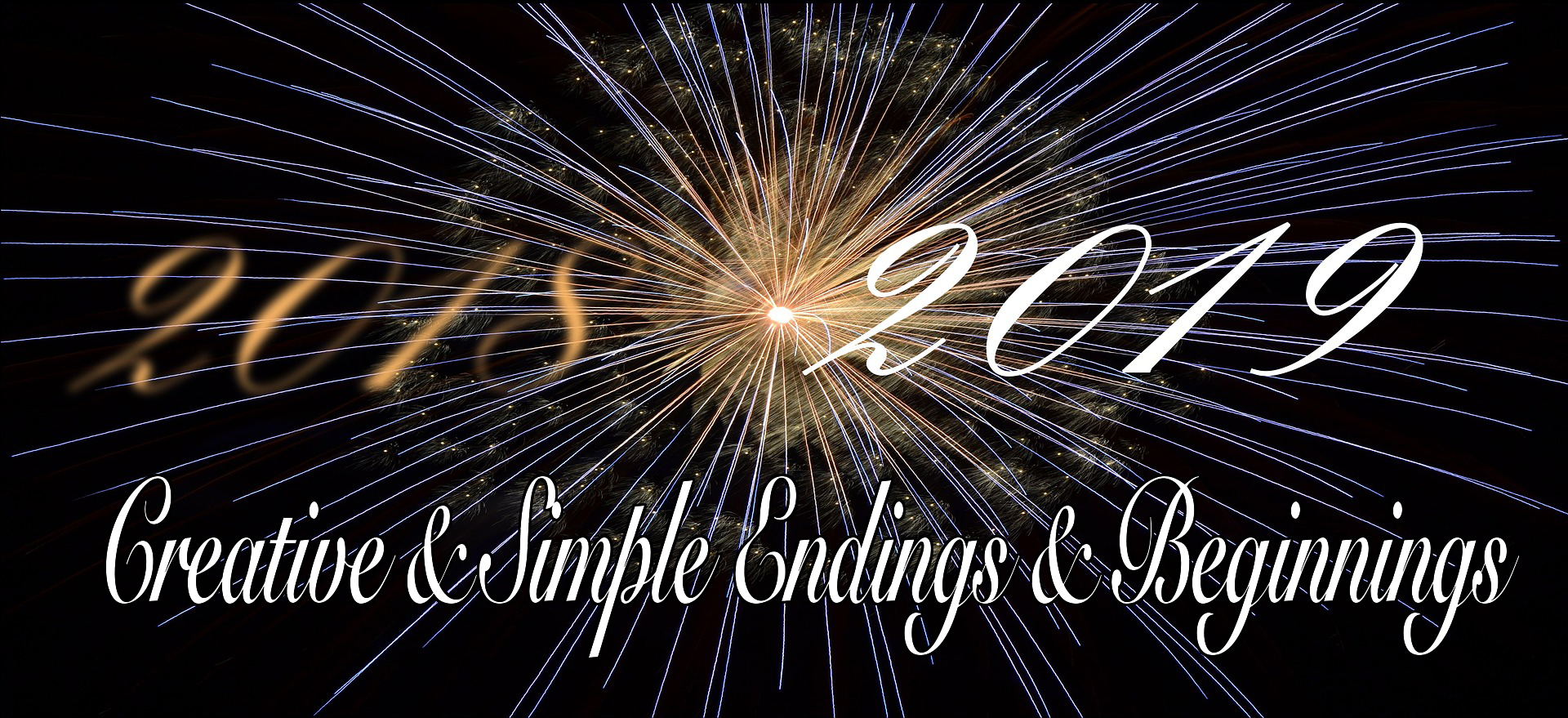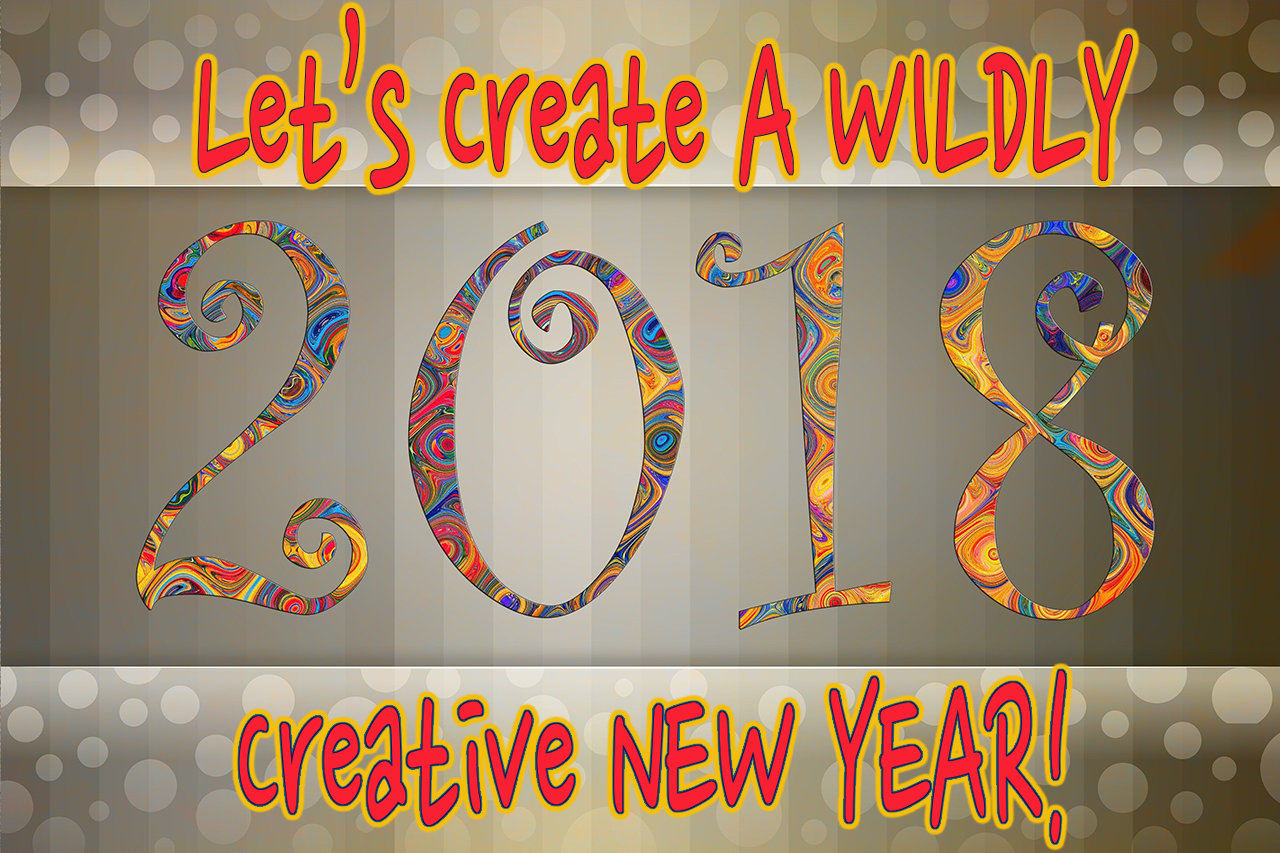One of the basic things about us as humans is that we tell stories. We tell stories constantly to others and even to ourselves. Stories about things in our day, how we feel about things, how this or that happened … we are storytelling machines. And as much as we tell stories we also mostly enjoy stories. Stories connect us to one another. We resonate with others stories, memories pop up and we can see things similar in our own lives. Funny enough, when it comes to our Art we often leave the story, that basic human connector, out when we are trying to sell our work.
For those who may be afraid I am going to start promoting storytelling as having an upper hand over your Art: I am not pretending here that a good story beats a great piece of Art. It DOES NOT. I am also not saying that our Art cannot stand on it’s own. It CAN and SHOULD. A potential collector of your work will have his or her own initial raw and emotional response to your work. They will like it or not. Then they will contemplate buying it or not. Notice that: Liking it and buying it ARE two separate things.
What I am suggesting is that, at that point when they are contemplating the purchase … if you want to reinforce their connection to you and the piece and move it from contemplation it to a purchase they can’t resist … then a story is ONE way to do that.
I walk around my home and look at the Art I own and as I look at each piece there is a story that goes with it. Often there are multiple stories. There is the Artist’s story, the story about me buying the work, the story about what it means to me, the stories about the various stories that the work has been a part of since I have owned it, etc.
I can remember, for each piece, being drawn to the piece of Art for the work itself … it pulled me across an exhibit room or into a booth at an art festival or into a particular corner of a gallery. Oddly enough I can also remember the Artists’ story about each piece too. I talk to Artists and the ones who have stories about their work usually connect me more to them and their piece. I may have loved the piece already but it was often the Artist’s story about the piece that was the final confirmation that had the work be then packaged and either taken home with me or shipped to me.
I venture to say I am not alone in this. During my years as a founder for a non-profit organization for women Artists I watched it over and over again with the shows we would exhibit … the storytellers would just simply sell more. I would observe, as they would stand close to a potential collector and roll out their story of a particular work, and see the interest and connection – from one human to another – and from the potential collector to the piece of Art – expand. The work the collector was contemplating became more intriguing, many times, each moment they spoke. It was that extra story that made the sale.
Often, if I was the one packaging the piece to go home with the collector, I would be the recipient of their comments that sounded like this, “I liked the piece but I didn’t intent to spend this much money … then I heard the story I had to have it because it reminded me of ____________.” or “I felt __________ about the piece and the story about it presented it in a whole new light then I had to have it because it had a much deeper meaning than I had seen.”
One of the reasons some Artists are not willing to tell a story is because they are afraid it will interrupt the buyer’s interpretation. Rarely did I ever see a story turn anyone off. I occasionally heard something like: “Crazy story about this piece … I would have never imagined that … but it was interesting to hear the Artist’s perspective and find out why it was created and I love the piece.”
The collector still loved the piece and saw and felt what they saw and felt but now they had a story to go with it. They were now engaged with the Artist, they had experienced the journey of the artist and a human connection had been made even though the story itself may not have synced up with what the buyer saw and felt – there was still the human connection through the storytelling.
Your works each have a story. I am not talking about the materials you used or some academic reasoning … that is great fodder for other artists perhaps, but not for the average art lovers or collectors. I am talking about what you, as the artist, felt, what the colors or shapes meant to you, what the subject meant to you and/or what called you to do it. What was your inspiration or experience while you were creating the piece? What was your response to the result?
As humans, like it or not, we resonate with others. Your story will resonate with some part of another human. It is a human-to-human connection. So often, as Artists, we do not show our humanity when it is exactly what others want to see. Your stories will pull up an emotion or a memory or something in common between you and others just as your Art piece will.
One of my favorite paintings is a small oil painting that I bought on my first trip to Florence. It was summer time and there were seemingly hundreds of Artists on the streets with their versions of scenes of Florence. As I strolled through the city for over a week, I often stopped and looked at various works. The Artists were sometime aloof, sometimes hustling, sometimes pleasant and sometimes arrogant. My spoken Italian is very poor but I understand quiet a bit, so I would ask questions and get anything from beautiful stories to responses that came from annoyance at my audacity to ask questions.
One Saturday evening I came out of my hotel on the Arno River as the sun was setting and there sat a female artist who was painting. Her colors and technique were amazing but I was also drawn to the emotion in the piece. I immediately had this experience of a combination of sadness and happiness and it felt like there was an event rolling out in front of me. I asked her why she was painting this particular time of day in this particular place, since there were no other artists around. For all I knew she might just tell me simply that she loved the sunset over the Ponte Vecchio Bridge from this view and say nothing else.
Instead she smiled deeply and pulled an old rather worn photo out of her bag. In the photo, there was a young couple standing, at sunset, in front of the exact scene she was painting. She explained in a few short sentences that the photo was of her mother and father on the day of their marriage. She told me that they had both passed in the last year and that she had decided that, in honor of them, she would come here at sunset and paint the scene where they had stood on their wedding day.
Even though I had already loved her painting before the story now I knew I had to have it because it touched me so. Suddenly I was so much more connected to this painting than any others I had seen with a similar view, some of which were very good quality also. I asked her to hold it for me when she was done with it and found out when she would be back in the neighborhood. I ended up paying her more than what she asked for it and walked away with my painting and my story that warmed my heart. Each time someone comes to my house I share the story with him or her and am grateful to have the painting almost 30 years later.
You may not have a story like that about each of your works but you have your unique story about each of them. Your unique story is what people want to hear. Take a risk and share your stories. I see selling your work as a two-step process: 1) Have people be in love and taken away by your work, then as a deal sealer … 2) Have a story that connects people to the piece.
I suggest you craft and share your stories. Please don’t make up stories. There is enough truth behind each piece you create that you don’t need to and if it isn’t true for you then it will come off as false vs. something that connects you and the piece to them. It doesn’t need to be a long story – often even a few sentences can tell a story. Ask yourself questions like these when you complete a piece to find your story:
- If it is a landscape then what was it about that scene that captured your attention?
- If it was a portrait then what did the model or person you were painting represent to you and why did you choose to represent him or her that way?
- What was it that you wanted to convey with the colors or lighting and why?
- If it is abstract then what was the main emotion that produced the piece?
- If it is music then why did you select set the mood you set?
- What emotions did you feel while working on it?
- What did you experience when you were done?
- Did anything interesting happen in the making of the piece?
One final hint is: You might want to avoid being just process oriented or academic unless someone asks. Some people will ask but if you pay attention you will see, as I pointed to above, that mostly the ones who ask are other artists. We artists love to know how it is done but most non-artist art buyers do not care about the kind of brushes you used or how you developed your music from a G minor chord.
If they wanted an academic education or an art lesson then they could have read an art history book or a how-to book vs. be looking at your actual art. They mostly don’t know all of the differences between techniques and styles. They know if they like the work or not. They know how it makes them feel. They want to know about you and how it made you feel and what inspired you – they want the story!
Does this mean never talk about how you made your work? No, but there are places for that. You can put a video on your website or in Social Media, a brief description in a printed piece at a show, etc. Just separate the process from the story about your pieces. They serve different purposes.
How do you get started if you haven’t been being a storyteller? You might begin by keeping a log of your work (if you don’t already) where you make notes to yourself about each of your pieces for future reference. You can use these notes to craft your stories from later.
You can start sharing your stories in Social Media, on your website, in blog posts about your work and, of course, in person at shows and exhibits. How long they need to be depends on what you are doing i.e. keep them short in Social Media and in person and feel free to expand them in blog posts about a piece. As you share you will begin to see how people respond and how connecting it can be for you and for them.
Oh, and I just remembered … there was the piece I bought from the abstract artist whose cat walked across the canvas as it was drying and decided to leave it in … Oops sorry, just remembering story after story now …
How about you? What great stories do you remember about works you have bought?
AND more importantly …
What stories are just waiting for you to to tell them?
What stories are people waiting to hear from you?
Feel free to share any thoughts or feedback you have with me/us and any stories you may have about one of your pieces or stories that connected you to an Artist or a particular work of Art. As always I love hearing from you and am grateful when we get the opportunity to interact together.







Thank you very much for the useful article!
My complete pleasure, Natalia … ENJOY telling your stories!
Kim I always enjoy reading you. Thank you for sharing your ideas and insights. Ximena
Ximina – Thank YOU for letting me know … it inspires me to keep rolling them out!
I so agree! Thank you. this makes me realise I can take my story telling much further. I think I have been afraid to. Something in the ‘art world’ and art education seems to go against this, but to me of course art is about stories.
Thanks, Jessica for joining in. Sometimes I think we just need to follow our intuition and what comes natural to us. The ‘art world’ and art education are great but not necessarily completely in sync with the real world and as Artists we are dealing with real people just like us 🙂
What a great story about telling your story. And as I progressed, I imagined telling about the technical, or academic reasoning behind my painting. But when I read your advice against that and instead, communicating a more emotional explanation, I realized what sound sales advice this really is.
Bill … Yeahhhhhh … I am so glad it sounded like sound sales advice. I have battled with sales in every adventure I have taken on and there are just some things that stand true no matter what we are selling … like connecting with people. I am far from a “hard pressure” sales person … I think most of us are, but … wow … when I connected with people it just happens so organically. And better yet, it feels comfortable to me vs. all kinds of tricks and manipulations. Thank you for contributing your feedback to us!
Hi Kym
I just want to thank you so much for your article. Your writing is very clear, organized, and informative. I have been writing stories of my art for the past few weeks when I came across your post on writing stories. Your writing made me feel like I was talking to you. It was very real and expressive and giving. Thank you. I enjoyed the stories of the pieces that you cited.
Both the stories were happy ones. I wonder how people react to the not so happy emotions that we often experience when a tragedy happens in life- death, illness, divorce, losses, fears, etc. It seems to me that people do not want to be reminded of these. Wondered your thoughts on how to turn them into a story that would benefit people. When I teach art, I see some artists struggle to express their pain, and some amazing works come out of them. Yet, their stories are sad and painful ones. Your thoughts are welcome.
Best, Joanne Healey http://www.joannesvisionaryart.com
Great inquiry, Joanne! I think the really good thing about our stories is we tell them after the fact usually so we have time to craft them. I don’t think we need to shy away from painful or sad stories but perhaps just tell them on the other side of them vs. taking people directly through the journey of the sadness or pain.
I also have a painting from an Artist who was painting out the emotions of the loss of one of her children from suicide. The piece is amazing and I could feel the pain coming up from the canvas but when she shared her story about it she shared both the pain and the fact that it was part of her grieving process and helped her to move through it.
After her story I was so connected to the many moments of pain I had painted out and written out in my life. I was so moved by her and her willingness to share her story. My connection to her was that of one human to another both of us having lived through our own tragedies and standing on the other side of it. I found myself thankful for her & her story.
That is what I can see is possible. Being able to provide others with that connection, empathy, understanding that we are not alone, that we can work through it and the compassion for our humanity.
I went to your website. I see that you are a connector/intuitive using Healing & Art & Spirit. Thank you, Joanne, for being someone who makes a difference for your students and the world. I so honor you for that!!
THANKS FOR THIS VERY INTERSTING INITIATIVE ,Kym ! I already retweet this creative page in my account on tweeter and I join all the ideas of your article, it’s great.
Elloumi – Thank you sooooo much for tweeting my post & for being so willing to share yourself with me/us here & on Linkedin!
so wonderful and inspiring, thank you so much for writing and sharing. Namaste
Monique – Thank you for letting me know!!